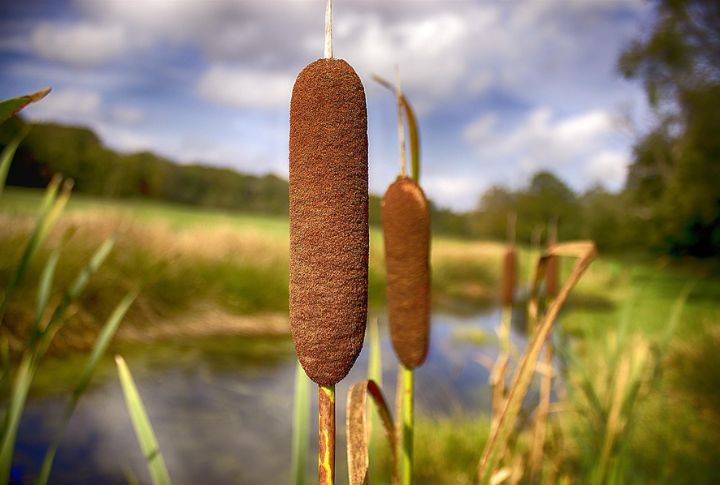
Centuries before the first ships reached American shores, Indigenous communities had shaped a vibrant food culture rooted in tradition and a deep connection to the land. Every ingredient had a purpose; every preparation carried meaning. The flavors ran deep, shaped by seasons, place, and skill. Here are the foods at the heart of it all.
Corn: The Golden Backbone
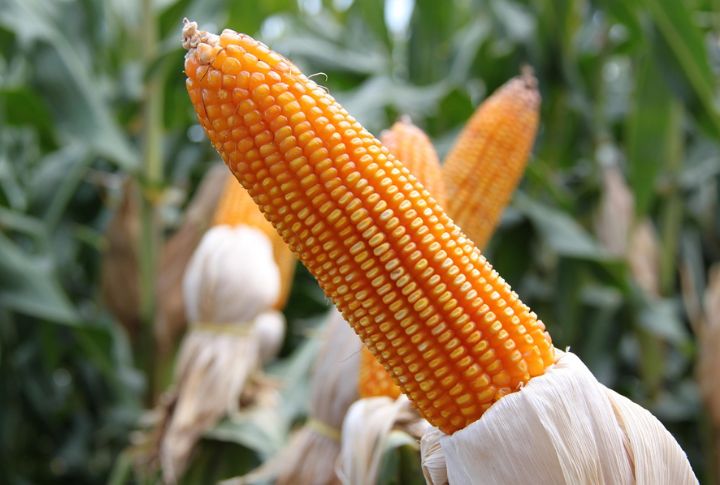
Nothing shaped Native food traditions more than this golden crop. Corn fed families, ground into mush, boiled in soups, or puffed over the heat. Across regions, cooks created recipes from blue, red, and yellow varieties. It nourished, traded well, and symbolized life in stories passed from generation to generation.
Chia Seeds: Tiny Powerhouses

A handful of chia seeds mixed with water created a drink that could keep messengers running for miles. These seeds contained omega-3s, protein, and fiber, which long-distance travelers relied on for stamina. Thickened into gel or sprinkled over meals, they packed surprising strength in their tiny form.
Seaweed: Coastal Superfood

Collected from low tide, seaweed enriched broths and sustained ocean communities through lean months. Gatherers sometimes wrapped it around berries or salmon for storage along the coast. Its salty bite and mineral punch kept it well through colder seasons and added a bold edge to simple, fire-cooked meals.
Cattails: The Swamp’s Secret Ingredient
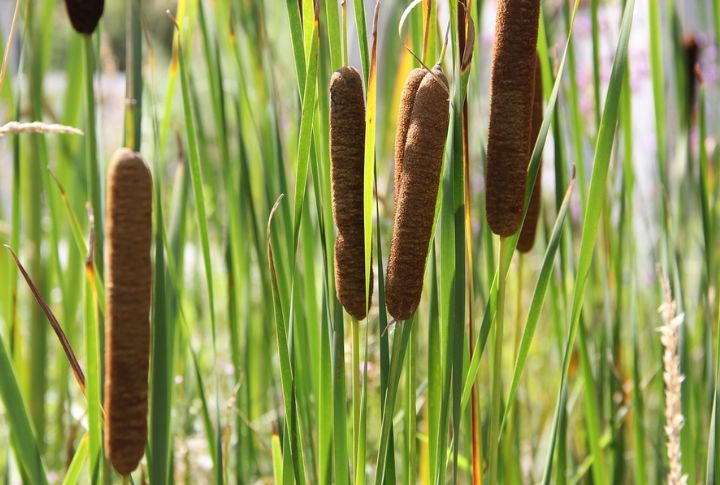
Marsh edges supplied more than water and reeds. Cattails gave up edible shoots, starchy roots, and fluffy heads that could be roasted or boiled. Foraging families used these plants throughout the year. They flourished quietly in wetlands, proving themselves reliable even when other crops were out of reach.
Salmonberries: Bright Bites Of The Northwest
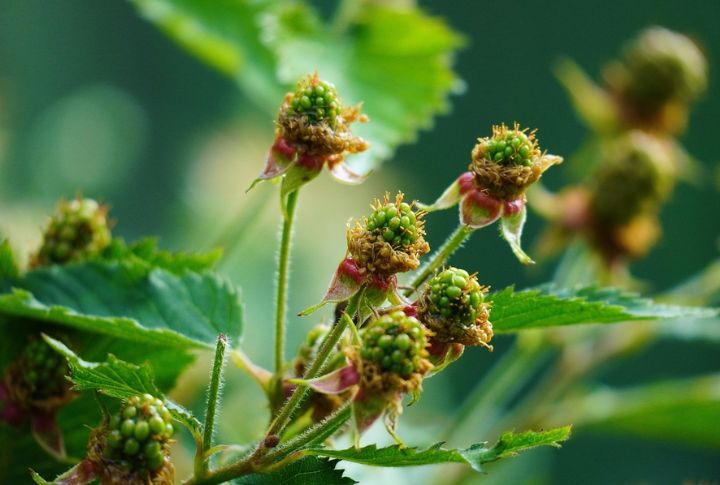
Juicy, golden-orange, and wild at heart, salmonberries brightened early summer. Gatherers picked them fresh or mashed and shaped them into cakes. Their sharp-sweet snap worked well alongside fish, often eaten during seasonal runs. Some believed these berries arrived with the salmon—two signs of nature’s abundance returning at once.
Squash: The Earthy Partner In The Trio
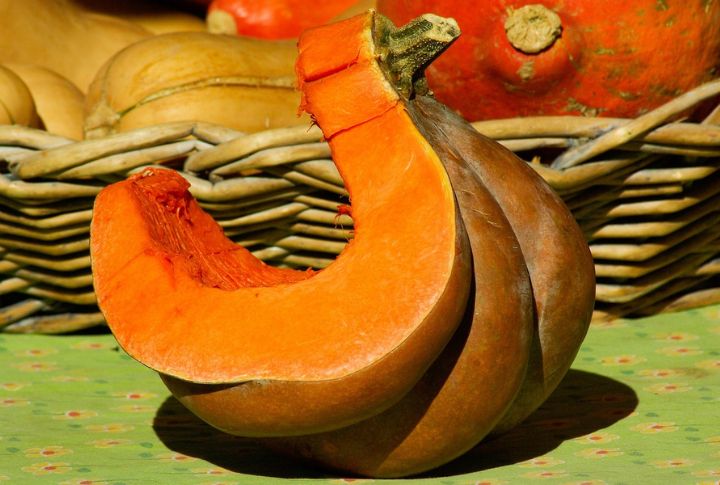
Broad leaves shaded the soil, while thick fruits fed the family. Squash came in all sizes, from soft summer types to firm winter keepers. People roasted the flesh or filled hollowed halves with grains and herbs—the seeds, sometimes toasted, made for satisfying snacks or rich pastes.
Beans: Soil Helpers And Stomach Fillers

Climbing the stalks of corn and beans brought protein to the plate and nutrients to the ground. Farmers across many regions grew varieties with care—harvesting, shelling, and cooking them into stews with squash or dried meat. These legumes made meals last longer and kept fields healthy through the seasons.
Sassafras: Root With Bold Flavor And Purpose

When boiled into tea or stirred into slow-cooked dishes, sassafras root added a warm, spiced edge. Some nations used it in spring to cleanse and renew the body; others believed it held healing powers. Years later, it inspired a fizzy drink, but its original uses ran far deeper.
Manzanita Berries: Tiny Apples With A Twist
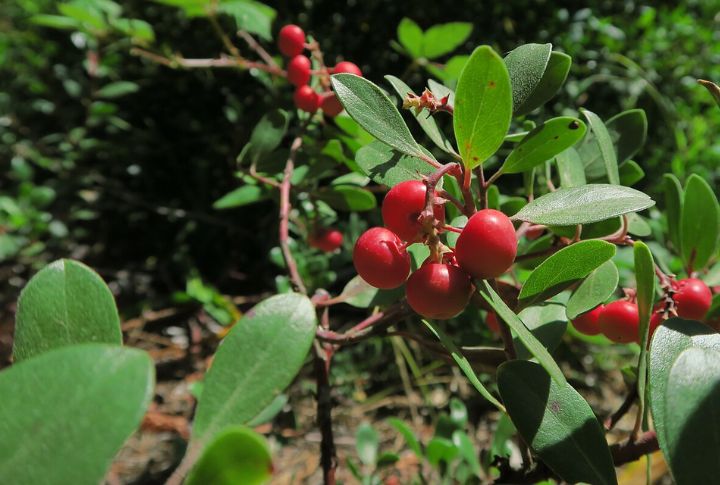
Clinging to shrubby trees in dry California hills, these berries added bright notes to traditional meals. Crushed into a meal or steeped into a tart cider-like drink, they served sweetness with little effort. Slow to spoil and easy to collect, they were a forager’s favorite.
Sunchokes: Earthy And Reliable
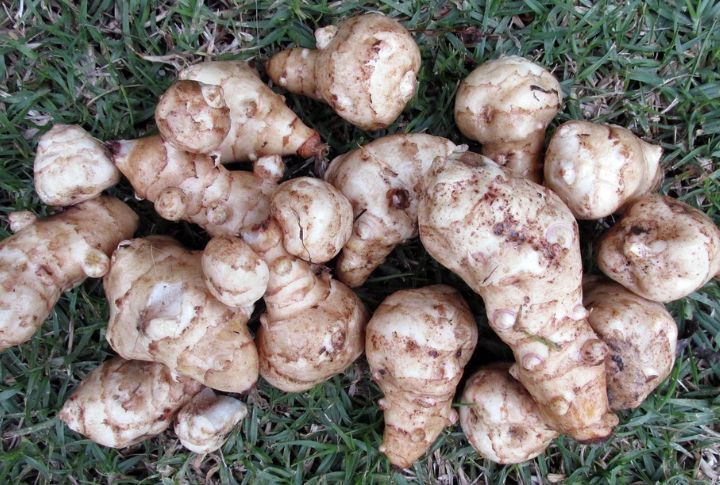
Once wild and untended, these knobby tubers grew year after year, thriving in their natural environment. Gatherers would dig them up in the fall, cooking them over open flames. Their nutty flavor and excellent storage abilities made them a reliable cold-season staple. With no peeling required—just rinse, roast, and savor the earth’s hidden treasure.
Acorns: The Staple Hiding In Plain Sight
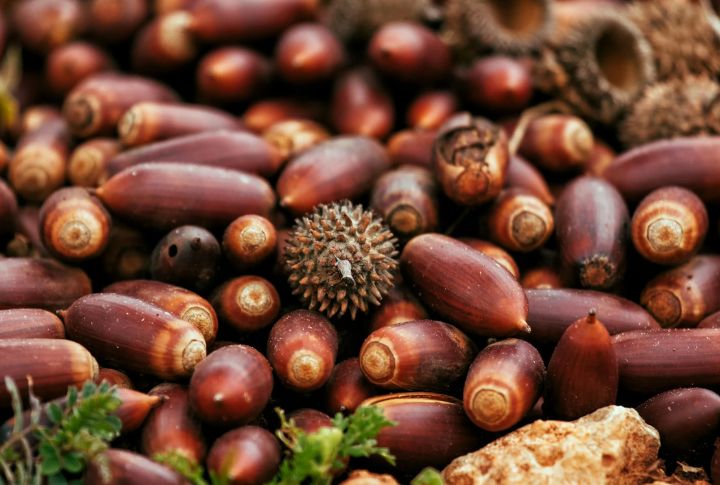
Acorns scattered across oak groves were gathered by skillful hands. People crushed and soaked them to remove bitterness, then used the flour in stews, porridge, or flatbread. Stored in bark containers or pits, they lasted through months of scarcity. Their reliability turned them into a quiet foundation of daily meals.
Wild Rice: The Aquatic Treasure Of The North

This grass seed grew in shallow lakes and was gathered by canoe, then dried and stored carefully. It offered a chewy texture, a rich, nutty bite, and ceremonial meaning. Harvesters saw it as a gift—something to thank the water for—and relied on it long after the lakes froze.
Mesquite Pods: Desert Sweetener And Flour

Pale pods dropped from thorny trees and filled woven baskets with promise. When dried and ground, they produced naturally sweet flour for thick drinks and loaves of bread. In harsh climates where growing was problematic, these pods stepped in. They stored well and kept energy high during extended dry months.
Pine Nuts: Mountain Munchies

High-elevation harvesters climbed and cracked cones to claim this small but mighty food. The nuts, whether toasted or eaten raw, brought substance to stews and pastes. Full of oil and energy, they made a perfect trail snack. Once the work of collecting was done, the payoff was worth it.
Amaranth: Not Just A Pretty Plant
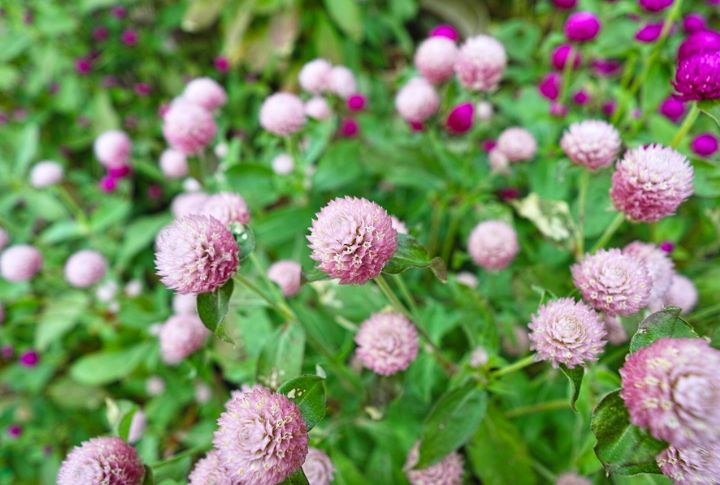
Towering stalks stood tall in the fields, and tiny seeds were boiled like grains or ground into flour. Its leaves enriched stews and broths with essential nutrients. Amaranth delivered iron and calcium while thriving in dry soil. It became a dependable crop in places where other plants failed to produce consistently.
Buffalo: The Lifeline Of The Plains
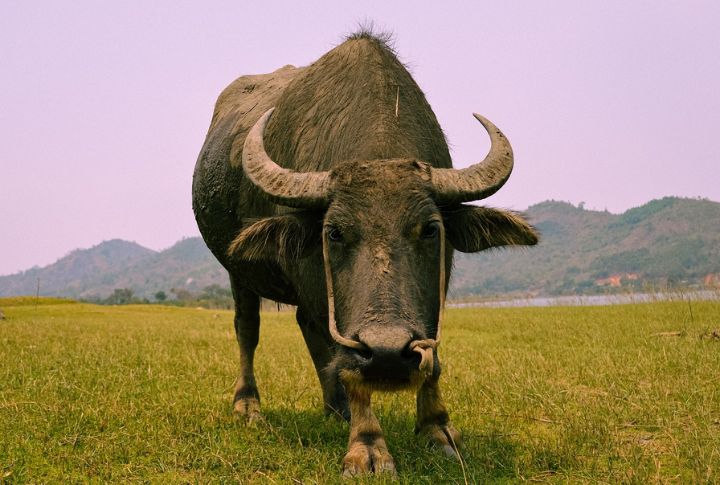
Plains families depended on every part of the bison—from the marrow in bones to the fat rendered into tallow. Fresh meat was cooked over open fires or preserved for the seasons ahead. None of it went to waste. The animal fed, clothed the people, and sustained entire communities across the prairie.
Maple Syrup And Sugar: Liquid Gold Of The Forest
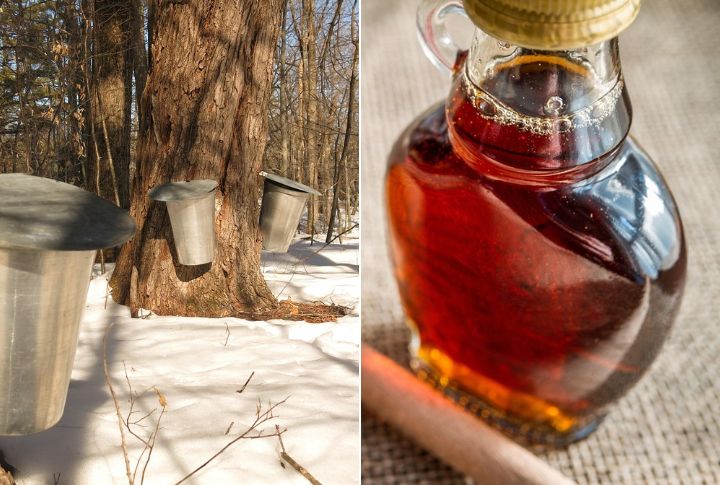
Once winter cracked, maple trees gave sap to anyone ready with buckets and time. Boiled slowly into syrup or hardened into cakes, it sweetened vegetables, meats, and even dry corn. This syrup was stored carefully in bark vessels and brought comfort through cold months; trees became seasonal lifelines.
Cranberries: The Original Tart Snack
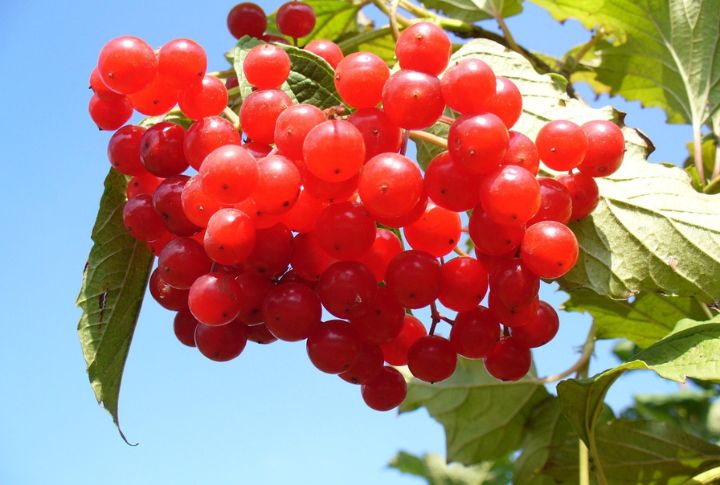
Bogs in the Northeast were filled with crimson berries that packed both bite and benefit. Mixed into pemmican or simmered into sauces, they balanced more decadent foods with a sharp twist. Some cooks dried them for tea or kept them for winter stores. Their tang stood out in even the simplest meals.
Sunflower Seeds: More Than Trail Mix Origins
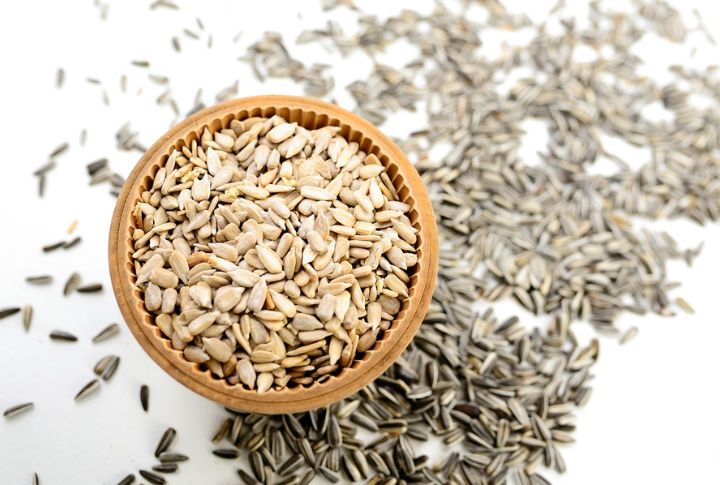
Stalks as tall as a person stood over fields, offering seeds filled with oil and crunch. The seeds were cracked open, crushed into a paste, or mixed into cooked dishes. Some cultures pressed them for oil used in skincare and cooking. With each harvest, the fields seemed to glow with purpose.
Chokecherries: Tangy Fuel With A Purpose
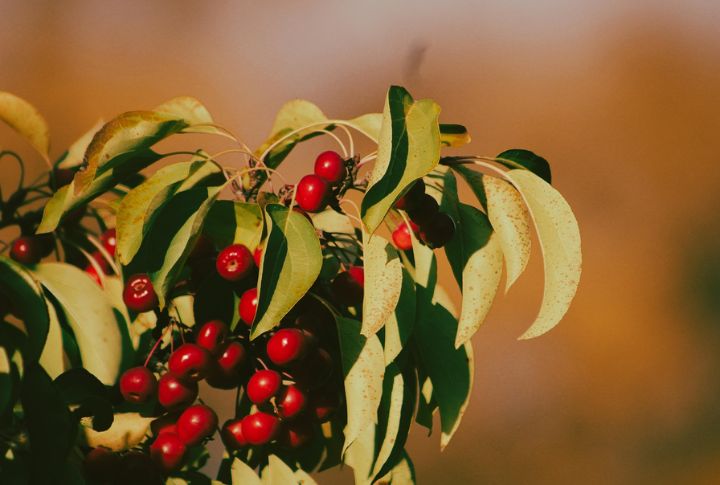
Clusters of deep red berries were gathered and mashed, sometimes with pits intact. Mixed with dried bison and fat, they became pemmican—portable, filling, and built for long days. Others dried them into cakes for later. Their sharpness didn’t scare anyone off. It was part of what made them valuable.
Leave a comment